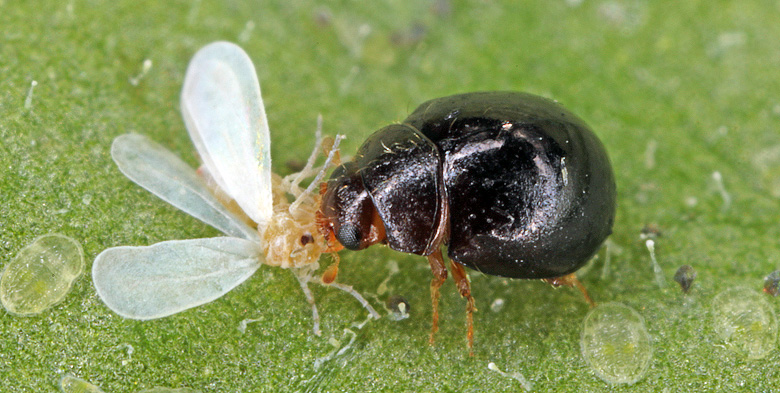
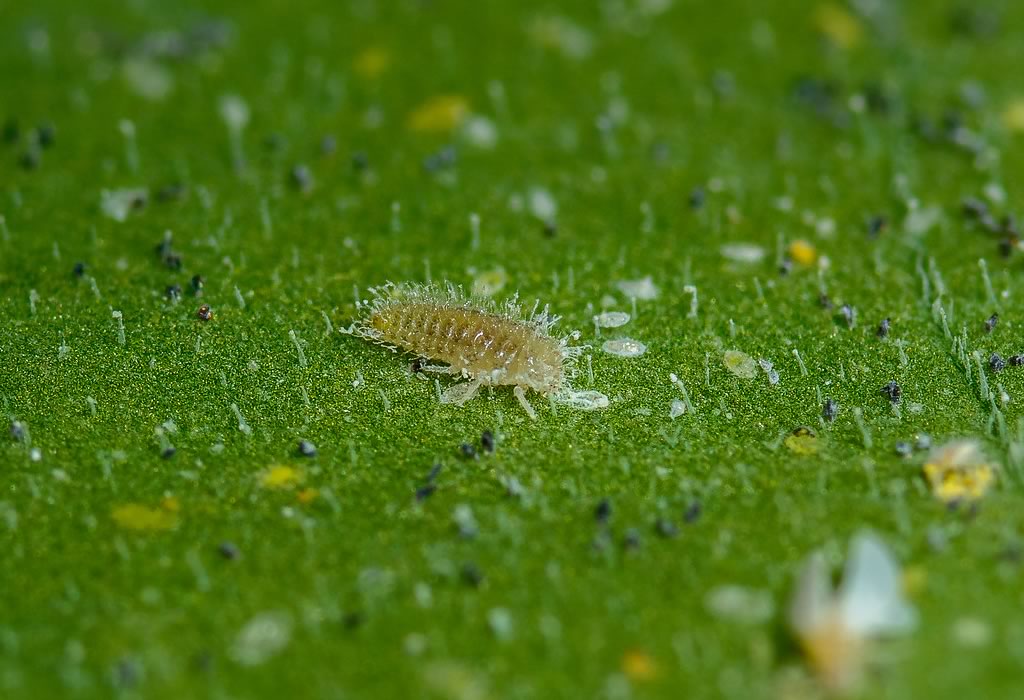
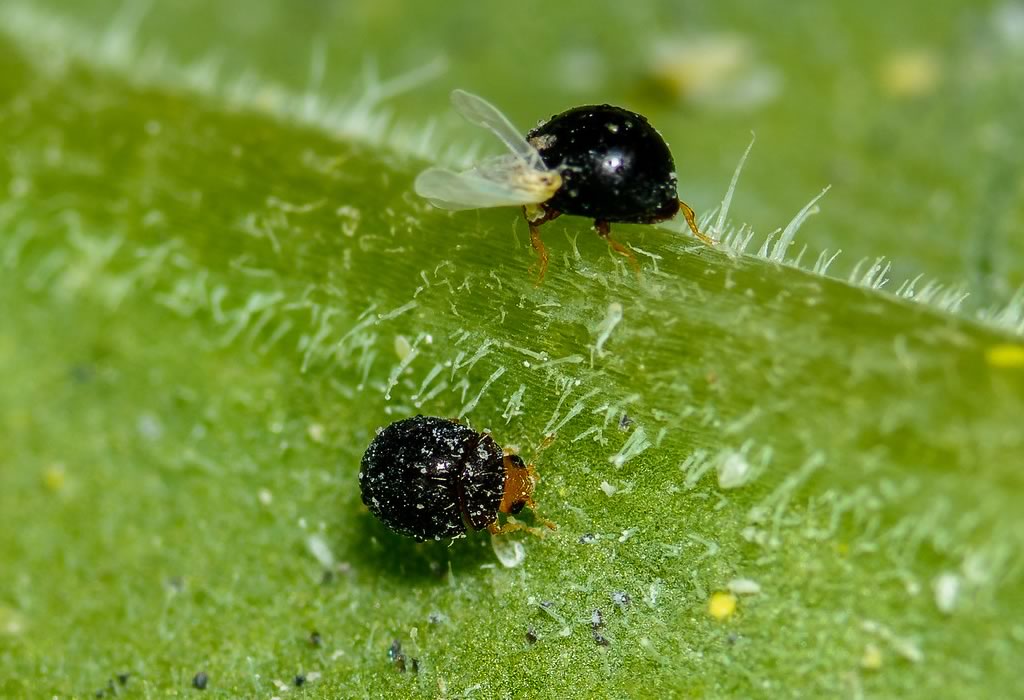
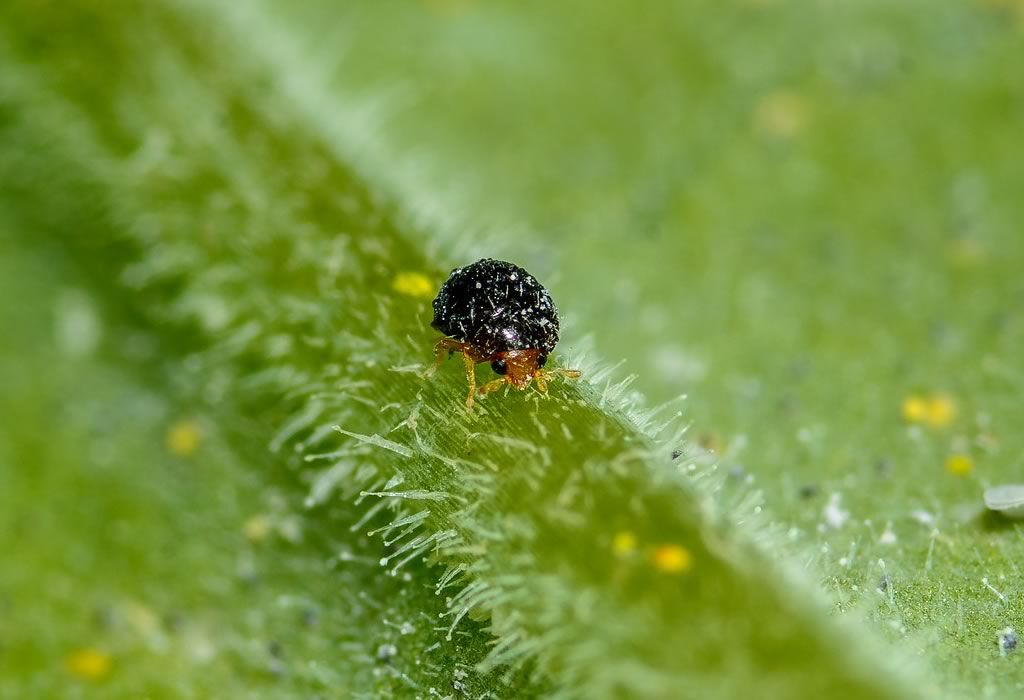




Delphastus catalinae
This product is unavailable in you country
For more information about this product, please contact us.
Product description


Targeted crops
- Cucumbers
- Fruit trees
- Lettuce
- Ornamental crops
- Peppers
- Poinsettia
- Tomatoes

Targeted pests
- Greenhouse whitefly (Trialeurodes vaporariorum)
- Banded-winged whitefly (Trialeurodes abutiloneus)
- Sweetpotato whitefly, silverleaf whitefly (Bemisia spp.)
- Woolly whitefly (Aleurothrixus floccosus)
- Azalea and hibiscus whitefly (Pealius spp.)
- Cloudywinged, citrus and rhododendron whitefly (Dialeurodes spp.)
- Citrus blackfly (Aleurocanthus woglumi)

Application Instructions
To effectively combat insect pests, preventative action is key. Introduce Delphastus catalinae before the problem arises and adjust distribution according to weather conditions – 1-4 individuals per m2/release repeated weekly until population is managed.

Storage Instructions
As soon as you receive the product, it’s essential to promptly remove from its shipping packaging and either use immediately or store in a refrigerated space with temperatures of 5 °C (40 °F). It is strongly advised not to freeze it.
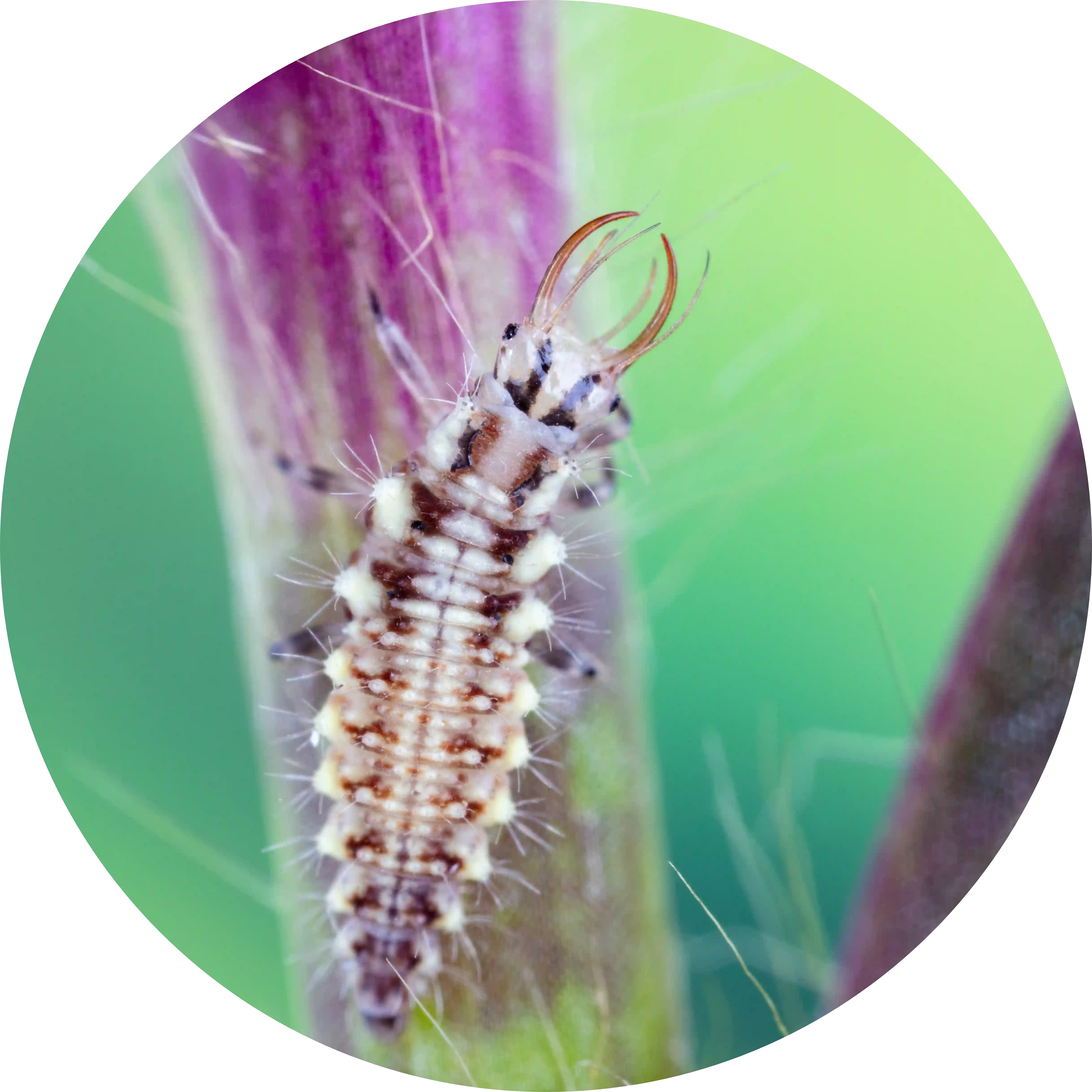





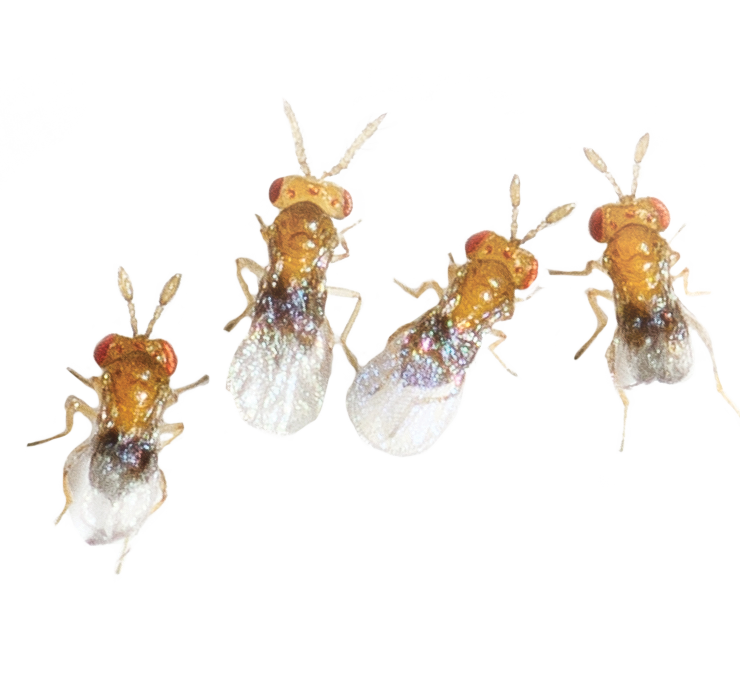
Description
Delphastus catalinae, also called Whitefly lady beetle, offers an effective solution for eliminating whiteflies and other small insects, making it a beneficial insect for growers and gardeners.
The Whitefly Lady Beetle, roughly the size of a tiny pinhead (1.4 mm), is an incredibly efficient pest eradicator due to its ability to detect whitefly outbreaks quickly and disperse rapidly into affected areas. These dark brown-black beetles have females with yellow heads which are much lighter than their male counterparts; larvae on the other hand are cream coloured creatures covered in short fine hairs and legs that stick out conspicuously.
Furthermore, these adult ladybugs take flight while larvae travel between plants by hitching rides via leaves – all this enabled by ovals eggs laid end-on at clusters on leaf undersides!
To bolster your control measures against whiteflies, Delphastus catalinae can be used alongside Encarsia formosa or Eretmocerus eremicus as it allows to maintain control throughout the duration of production.